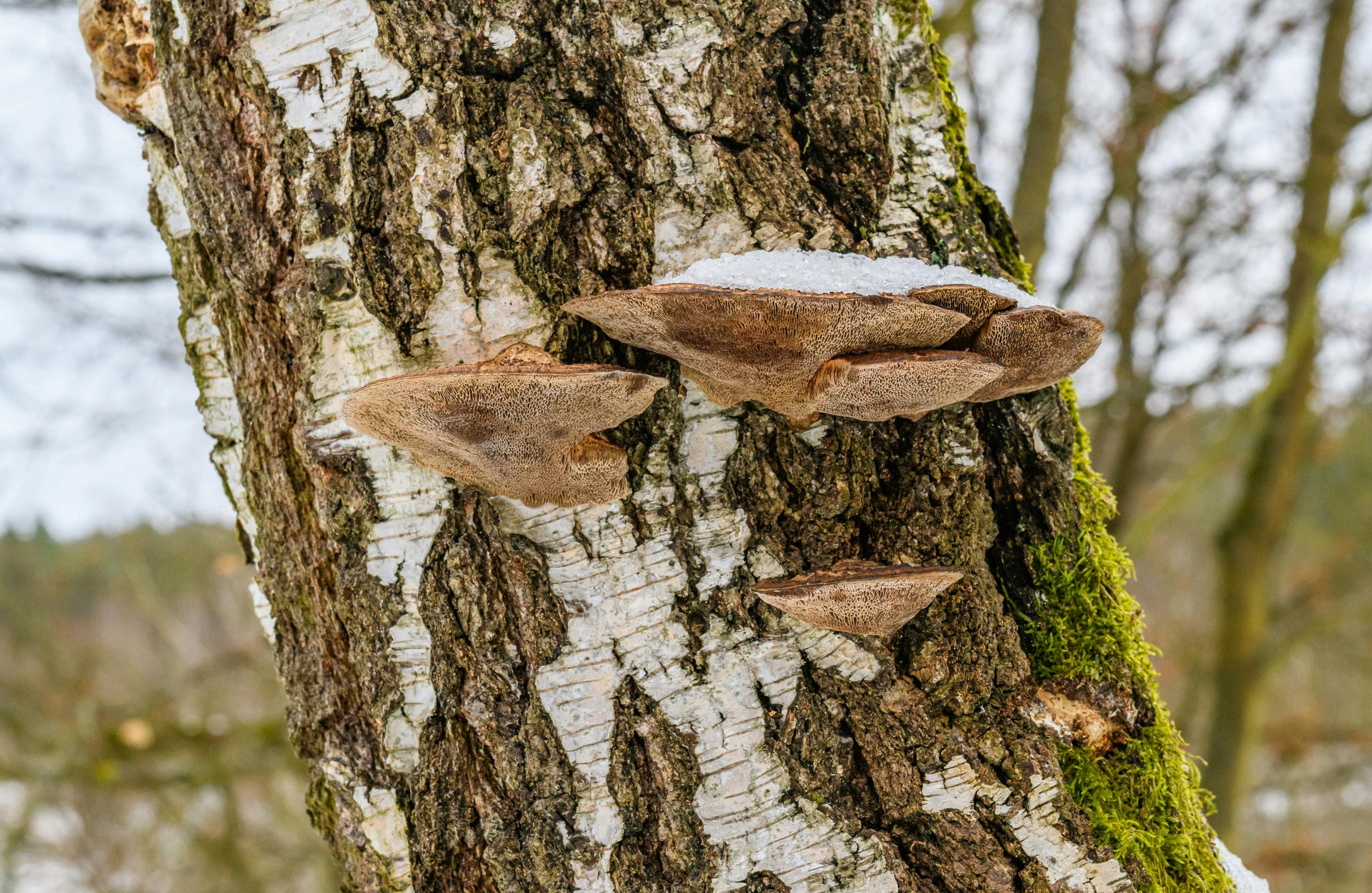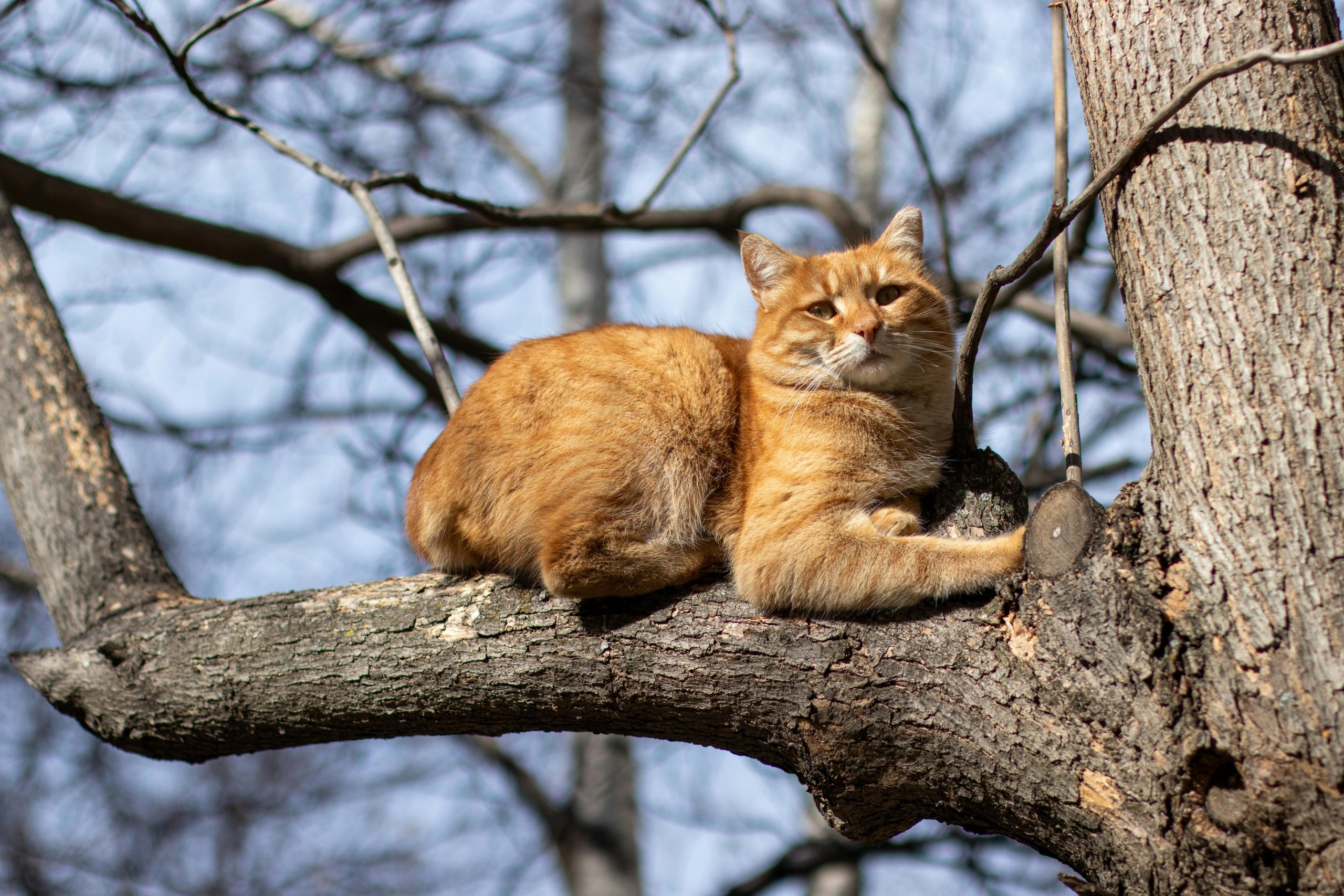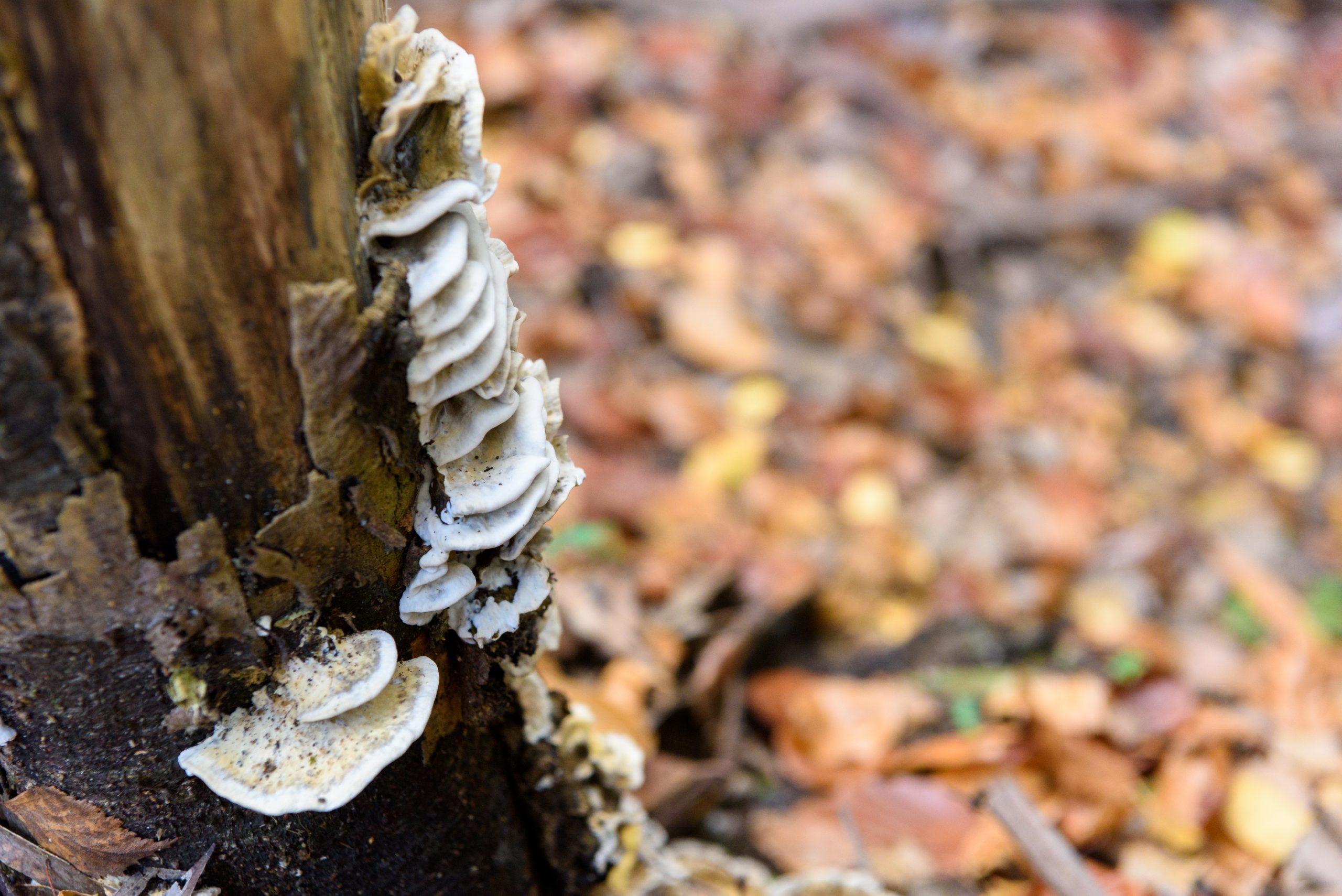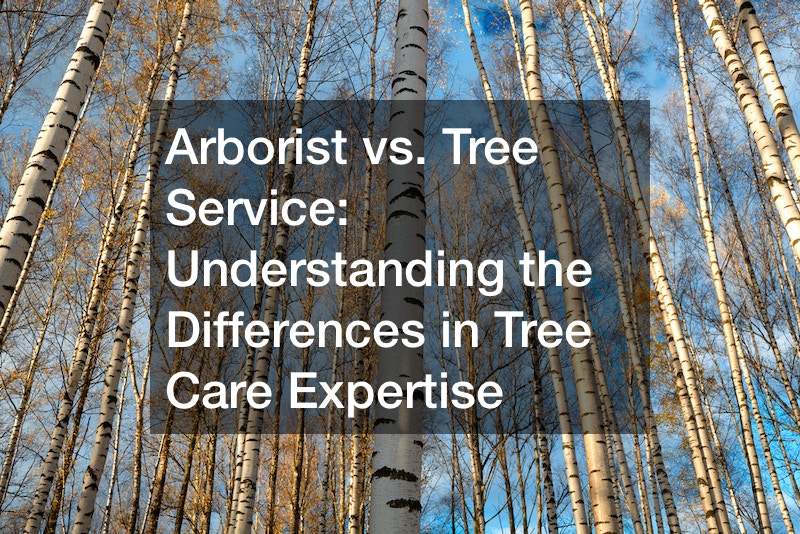Have you spotted a strange white growth on the bark or trunk of your favorite tree? You’re not alone. White fungus is a common sight in yards and gardens—but what does it really mean? Is white fungus on trees dangerous? Or is it something harmless you can ignore?
In this guide, we’ll break down everything homeowners need to know about white fungal growth on trees—from what it is and why it appears, to whether it poses a risk to your trees, your property, or your health.
What Is White Fungus on Trees?
White fungus on trees usually appears as a fuzzy, crusty, or powdery growth on the bark, branches, or around the base of the tree. It might be white mold, mushrooms, or even lichen.
Common Types of White Fungus Found on Trees:
- Powdery Mildew: A common fungal disease that looks like flour dusted on leaves and stems.
- White Mold (Sclerotinia): Often affects trees in wet, humid environments.
- Fungal Conks or Mushrooms: These might grow on the trunk or at the base of the tree.
- Lichens: A harmless combination of fungi and algae—often mistaken for dangerous fungus.
- Armillaria (Honey Fungus): Can produce white mycelial mats under the bark and is deadly to trees.
Not all white fungi are the same, and not all are harmful. But some can indicate serious issues.
So, Is White Fungus on Trees Dangerous?

The short answer: sometimes.
The longer answer depends on the type of fungus, location on the tree, and overall tree health. Here’s how to break it down:
When It’s NOT Dangerous
- If the white growth is a lichen, there’s no cause for concern. Lichens don’t feed on trees and aren’t harmful.
- Powdery mildew, though unsightly, rarely kills trees—especially mature ones. It might weaken the leaves, but it’s usually manageable.
When It IS Dangerous
Some white fungi are signs of internal decay or root rot. These include:
- Armillaria root rot: A serious fungal infection that attacks a tree’s roots and lower trunk.
- Fungal conks (mushroom-like growths): These often mean the tree is decaying from the inside out.
In these cases, the fungus isn’t the original problem—it’s a symptom of something worse.
What Causes White Fungus to Appear?
Understanding why white fungus appears can help prevent it in the first place. Here are the usual culprits:
- Excess moisture or poor drainage
- Injuries to the trunk or roots
- Old or stressed trees
- Lack of airflow and overcrowded branches
- Prolonged humidity or rainy conditions
Fungus thrives in damp, shaded environments. If your yard has heavy clay soil or your tree’s roots sit in water, the chances of fungal growth go up significantly.
How to Identify Whether It’s a Serious Problem
Not sure whether to panic or relax? Here are a few signs that white fungus may indicate real danger:
Warning Signs to Watch For:
- Mushroom growth at the base of the trunk
- Cracking, oozing, or soft bark
- Dead or dying branches
- Tree leaning suddenly or with exposed roots
- White or cream-colored mats under the bark
- Sudden leaf drop or yellowing in the growing season
If you see several of these, your tree could be in trouble—and white fungus might be the red flag you need to take action.
Can White Fungus Spread to Other Trees?
Yes, some fungal infections are contagious—especially those affecting roots and bark.
Armillaria root rot, for example, can spread through underground root contact, infecting nearby trees and shrubs. If you have multiple trees in close proximity, one infected tree could put others at risk.
Powdery mildew can also spread through airborne spores, especially in warm, humid weather.
Is White Fungus on Trees Dangerous to Humans or Pets?

Most of the time, white fungus on trees isn’t a direct threat to people or pets. However, some fungal spores—particularly from decaying wood or mold—can cause allergic reactions or respiratory irritation, especially in those with asthma or mold sensitivities.
Also, if you have curious kids or pets who tend to chew or touch mushrooms, keep an eye out. Some fungi can be mildly toxic if ingested.
What Should You Do If You Spot White Fungus?
Not every white patch is a reason to panic. But it’s always smart to inspect it more closely.
Step-by-Step: What to Do
- Identify the Fungus: Use an online plant ID app or consult a certified arborist to determine the exact type.
- Check for Tree Health Symptoms: Look for dead branches, leaning, or signs of internal decay.
- Improve Airflow and Drainage: Prune overcrowded branches, clear mulch from the base, and improve soil drainage if needed.
- Avoid Overwatering: Moisture is a major contributor to fungal growth—keep irrigation in check.
- Apply Fungicide (If Recommended): For mildew or mold, a fungicide may help if applied early. Be sure to follow label instructions.
- Call a Professional for Large or Diseased Trees: If your tree is large, near a structure, or showing major symptoms, it’s best to have it evaluated by a tree care expert.
Can an Infected Tree Be Saved?
It depends on how early you catch the issue and what type of fungus is present.
- Powdery mildew? Easy to manage with pruning and care.
- Armillaria root rot? Harder to treat—may eventually kill the tree.
- Fungal conks? Usually mean advanced decay; removal may be safest.
Knowing how to tell if a tree is dying plays a big role in saving it. If you catch the signs of decline early—like fungal growth, wilting, or structural weakness—you might still have time to treat the problem or slow its progress.
How to Prevent White Fungus from Appearing Again
Prevention starts with keeping your trees healthy and your yard fungus-resistant.
Tree Care Tips to Prevent Fungus:
- Water only when needed, and at the base—not the leaves.
- Keep the area around the trunk clear of mulch buildup.
- Don’t wound the bark with lawn equipment or nails.
- Prune trees in late winter or early spring when fungi are less active.
- Space trees and shrubs far enough apart to allow airflow.
In a Nutshell
So, is white fungus on trees dangerous? Sometimes yes—but not always. The key is to identify the type, evaluate your tree’s health, and take smart action if needed.
A little white fuzz might just be lichen or mildew, but it could also be a red flag for deeper issues. When in doubt, call a pro. Healthy trees are worth protecting—not just for the beauty of your yard, but for the safety of your home and family too.




